Drywood Swarmer
(Length: about 3/16″) These brown flying insects, identified by 3 darker veins on the front edge of their wings, swarm in late Spring and early Summer.
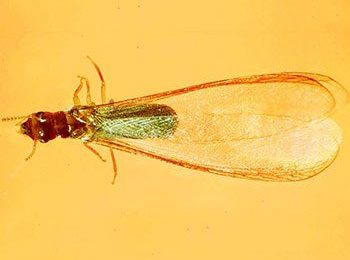
(Length: about 3/16″) These brown flying insects, identified by 3 darker veins on the front edge of their wings, swarm in late Spring and early Summer.
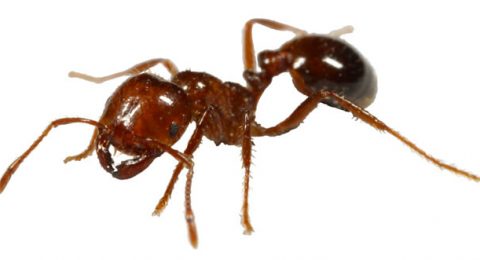
(Length: 1/8″ – 1/4″) Usually a reddish brown color, fire ants live in colonies of up to 200,000 individuals. Their mounds can be two feet high and three feet across with as many as 50 colonies per acre.
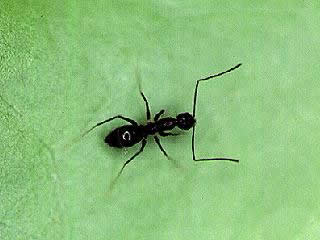
(Length: 1/12″ – 1/8″) Ranging from red-brown to grayish to black, this small ant gets its name from its characteristic erratic and rapid movement in search for food. They will feed on any household foods.
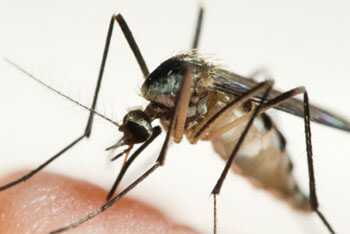
(Length: 1/8″ to 3/4″) Mosquitoes are insects that are found throughout the world. They are most commonly known for carrying diseases such as West Nile Virus (which can lead to Encephalitis), Malaria and Yellow Fever. Adult mosquitoes frequently rest in grass, shrubbery and other foliage, but they never develop there.
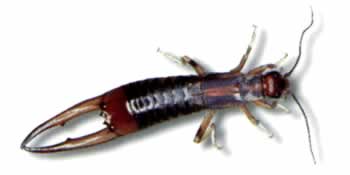
(Length: 3/4″ to 1 1/2″) Earwigs were named by a superstition that the insect would crawl purposely into the ears of sleeping people. More easily recognized by its forceps-like tail appendage, the earwig is a major garden pest, as well as an annoying household pest.
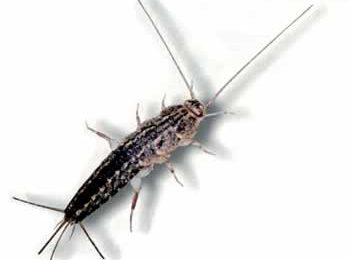
(Length: 1/3″ – 1/2″) These slender, wingless insects are common in homes. The are shiny and silver or pearl-gray in color with three long tail-like appendages and two long antennae. They may cause damage by eating foods, cloth or other items high in protein, sugar or starch.
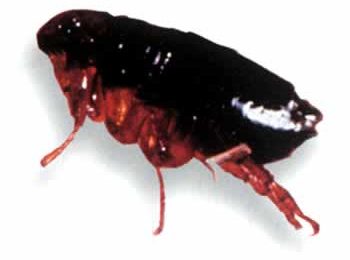
(Length: 1/32″ – 1/16″) Fleas are small, hard-bodied, wingless insects with a flattened body and legs adapted for jumping onto a host. The cat flea, most commonly encountered in Florida, seeks mammals for the blood meal needed to sustain them.
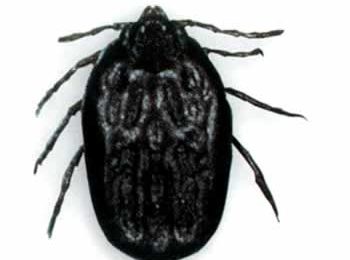
(Length: 1/16″ – 1/2″) The tick is an eight-legged relative of the spider. It must feed three times before hiding and producing up to 3000 eggs in a crack or crevice.
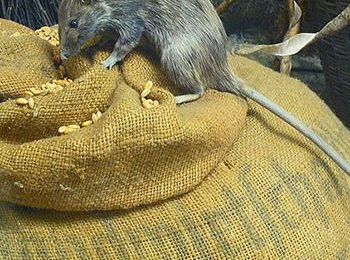
(Length: 7″ – 8″ head to tail) Black or brown in color, the roof rat is slender with a tail that is usually longer than the combined length of its head and body. They are nocturnal and prefer to forage for food above ground in elevated areas indoors and outdoors.
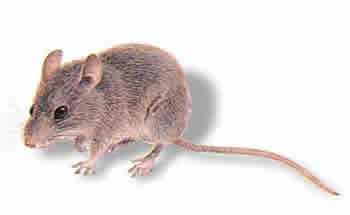
(Length: 2″ – 4″ head to tail) Light brown or light grey in color, the house mouse is small and slender with large ears and small eyes. They have a keen sense of hearing, taste, smell and touch. While they are mostly active at night, they can be seen during the day searching for food.
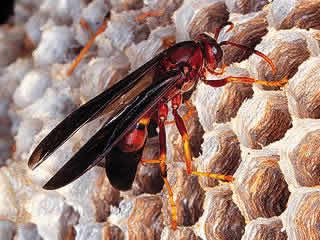
(Length: 1/2 – 3/4″) Can be found in a variety of colors from reddish brown to dark red to orange with varying bright stripes of yellow and red. Paper wasps are predators and feed on insects, spiders and caterpillars.
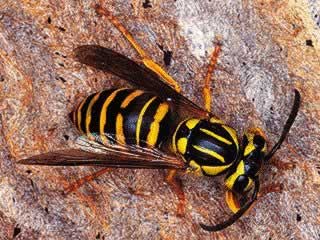
(Length: 5/8″ – 1″) Often confused with honeybees due to their yellow and black markings, they can be distinguished from bees by their thin waists. Yellow jackets are social insects and will aggressively defend their nests, which are typically located in the ground.